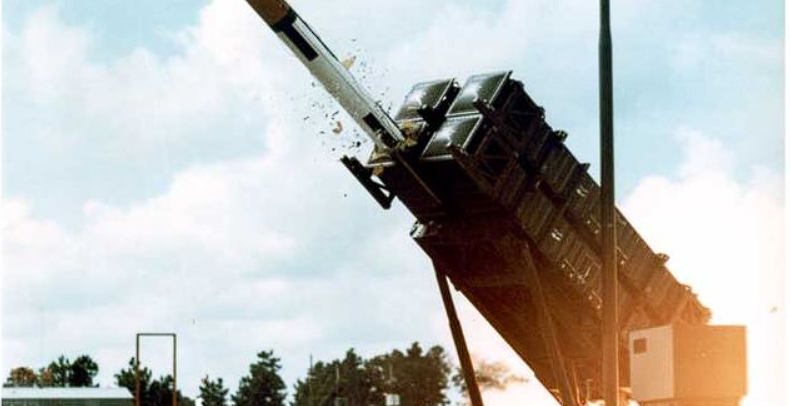Russia’s New Tactics Challenge Ukraine’s Air Defense Efficiency.
Others are reading now
Russia has been employing new tactics in its bombardment of Ukraine, significantly challenging the effectiveness of Ukrainian air defense systems.
As reported by El Pais according to Digi24, the efficiency of these systems has even dipped below 50%, a concerning development amidst ongoing hostilities.
On a recent Tuesday, Russia launched an aggressive attack on three Ukrainian cities, tragically resulting in the death of seven civilians and injuring over 60.
This assault, characterized by a high volume of missiles and innovative tactics, was aimed at overwhelming Ukrainian anti-air defense.
Also read
Since last summer, the Russian military has been amassing a vast arsenal of drone bombs and missiles. Now, shifting their strategy, Russia is using these weapons to strike deep behind frontline areas. A significant indication of this change was seen on a Tuesday when Ukrainian forces could only intercept 21 out of 41 missiles directed towards Kyiv. This marked a substantial decrease in defense efficiency, falling from 80% in 2023 to just about 50%.
The severity of the situation was further highlighted in attacks on January 8, where Russia launched 59 projectiles, including Shahed kamikaze drones, with only 40% being intercepted. The hardest-hit city was Kharkiv, just 40 kilometers from the Russian border, where numerous apartment blocks were struck, causing multiple fatalities and injuries.
Russia’s new tactic involves launching missiles from ground positions and bombers across five different Russian regions. Differing from previous strategies of separate missile waves, Tuesday’s attacks were almost simultaneous, noted Mihail Shamanov, spokesperson for the Kyiv military administration. Cruise missiles Kh-101 and Kh-555 were launched from the Caspian Sea, followed by ballistic Iskander missiles from Belgorod and Voronezh provinces. These Iskander missiles, capable of exceeding the speed of sound, reached Kyiv’s airspace when the city’s defense systems were engaged with cruise missiles.
Particularly vulnerable is Kharkiv, closer to Russian territory, which was not only hit by usual S-300 and S-400 missiles from Belgorod but also by Iskander and Kh-22 missiles from bombers in Bryansk and Oryol, causing significant losses.
Alarmingly, on December 29, Russia altered its attack strategy, launching 122 missiles at Ukrainian cities, with 70% being intercepted. This attack, originating from various Russian regions in multiple waves, resulted in 39 deaths and over 160 injuries. One missile even flew over 40 kilometers through Polish airspace, prompting Polish fighter jets to scramble the next morning in case of further airspace violation.
In recent months, Russia’s tactic of bombarding the same target from different directions has made coordinating anti-air defense operations increasingly difficult for Ukraine. One of Russia’s objectives is to deplete Ukrainian ammunition.
On January 8, the Ukrainian air force warned of a shortage of Patriot missiles, leading to reduced defense effectiveness. The Patriot missiles, along with German Iris-t and Norwegian Nasams, form the backbone of Ukraine’s air defense. However, delays in financial and military aid from the West have forced Kyiv’s troops into defensive positions along almost the entire front line, with some retreats in the Donetsk and Kharkiv provinces.


